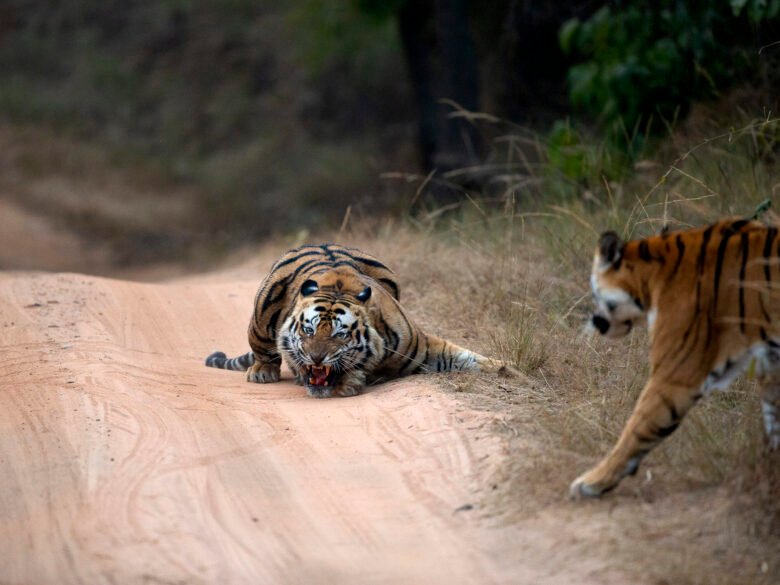When you think of a lion, what comes to mind? Power? Majesty? Maybe even a hint of untamed wildness? These magnificent creatures have long been symbols of strength across cultures. Their presence has been woven into the fabric of mythology, art, and even modern branding. But behind the powerful imagery, the reality for these big cats today is far more precarious. As we celebrate World Lion Day, let’s explore their legacy as both a cultural icon and a species in need of urgent conservation.
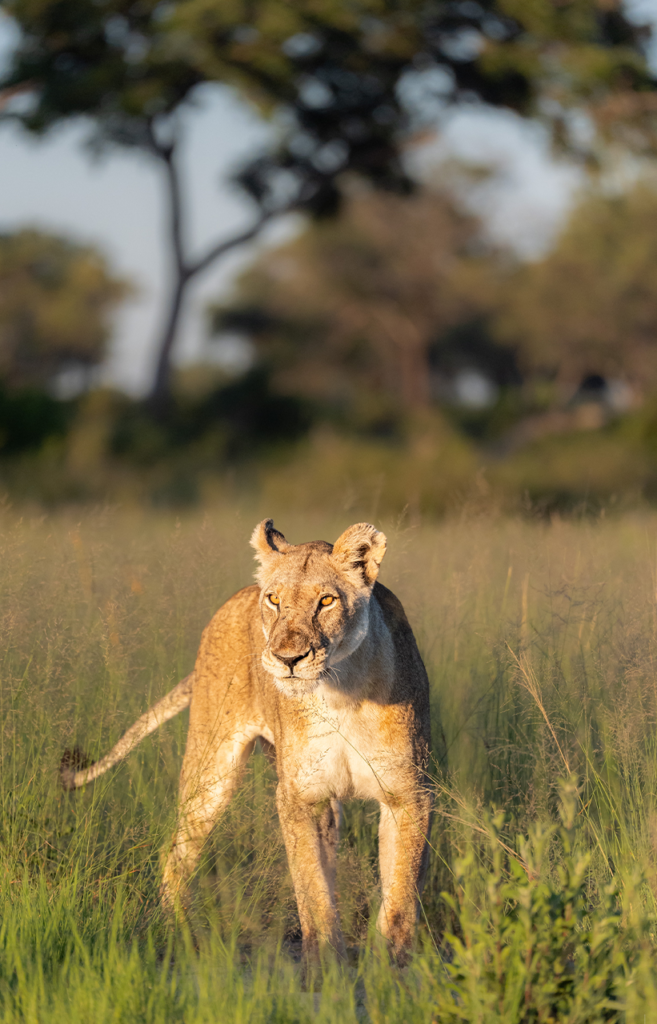
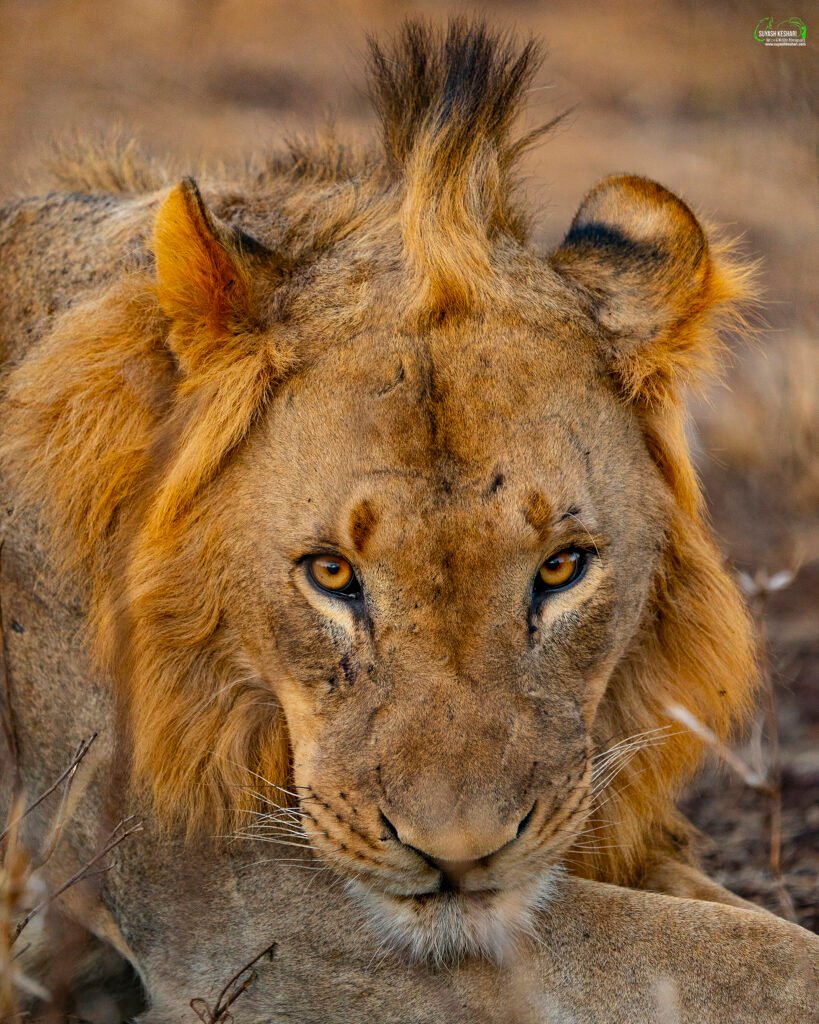
The Lion in Global Mythology:
Lions have held a special place in human stories for millennia. In Ancient Egypt, the lion-headed goddess Sekhmet was revered as a fierce protector and symbol of power. Meanwhile, in Greek mythology, the Nemean Lion, with its impenetrable golden fur, became one of Hercules’ legendary labors, representing an almost unbeatable challenge. In Hindu Mythology, it is the vehicle (Vahana) of goddess Durga.
These stories aren’t just ancient relics—they’ve shaped how we view lions today. They continue to represent courage and authority, appearing on everything– from national emblems to luxury car logos. The lion on the British coat of arms symbolizes the power and might of the monarchy, while the MGM one has become an enduring icon of Hollywood’s golden age.


Yet, while the lion’s image continues to roar through our cultural consciousness, the lions ones are facing a much different story.
On the Brink: The Urgent Need for Conservation
Here’s a reality check: In just the last century, the world’s lion population has plummeted by over 90%. Today, fewer than 20,000 individuals remain in the wild. The king of the jungle is quietly losing his kingdom.
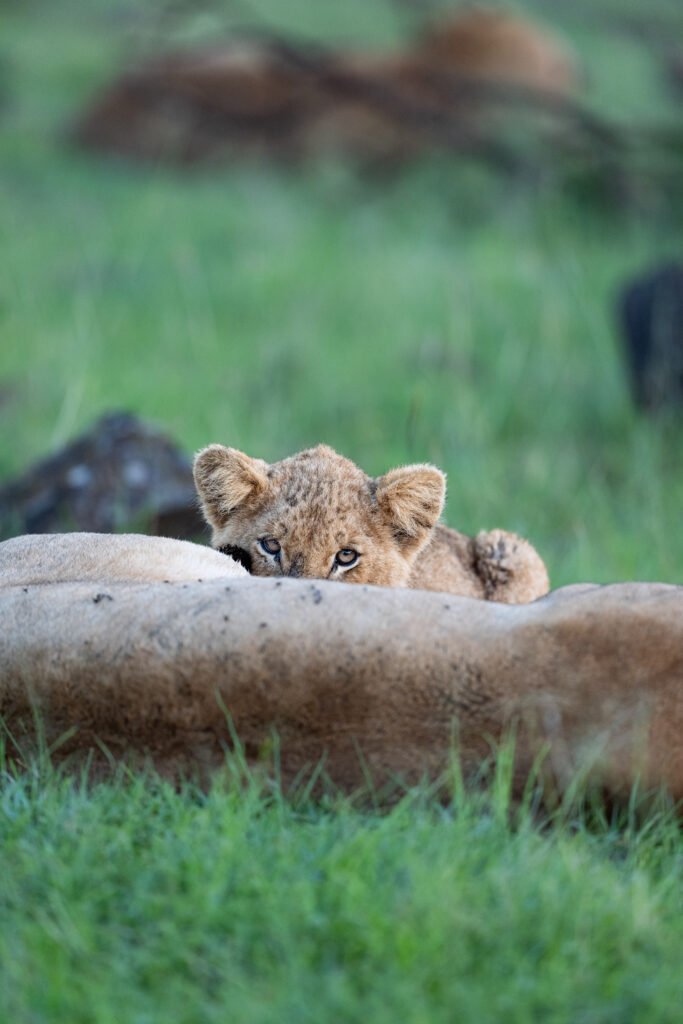
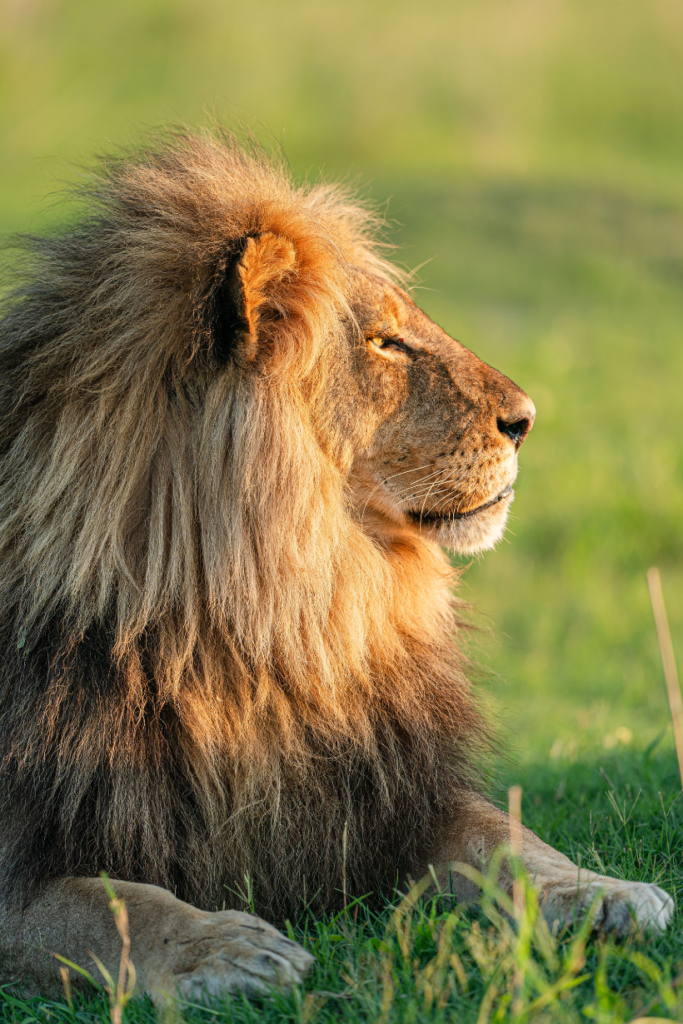
The reasons for this are all too familiar—habitat loss, poaching, and conflicts with humans are driving lions to the brink. As human populations expand into wild territories, these majestic creatures are running out of room to roam. This loss of habitat forces the prides into closer contact with humans, often with dangerous consequences for both.
But it’s not all doom and gloom. Conservation efforts across Africa are making a difference. Organizations are working tirelessly to protect their habitats, reduce poaching, and foster coexistence between lions and local communities. Just a few years ago, our founder, Suyash Keshari was involved in a lion conservation project that focused on relocating two healthy males from a surplus population area to one that had dwindling numbers of lion individuals. Tap here to watch the video.
Efforts like this one show us that while humans are largely responsible for the problems being faced by the king of the jungle (and other wild species), there’s a percentage of us who are trying to make things right.
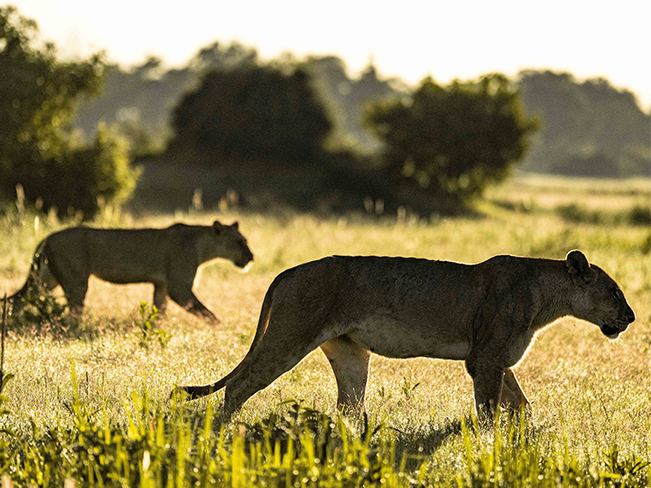
Conclusion
Lions have long been symbols of strength and power, but today, they need our strength to survive. And there are societies and communities out there who are dedicatedly studying the variety problems faced by wildlife, and coming up with creative solutions. As we celebrate World Lion Day, let’s honor these incredible creatures not just by admiring their image, but by supporting these researches and conservation efforts. Let’s ensure that lions continue to reign in the wild for generations to come.

